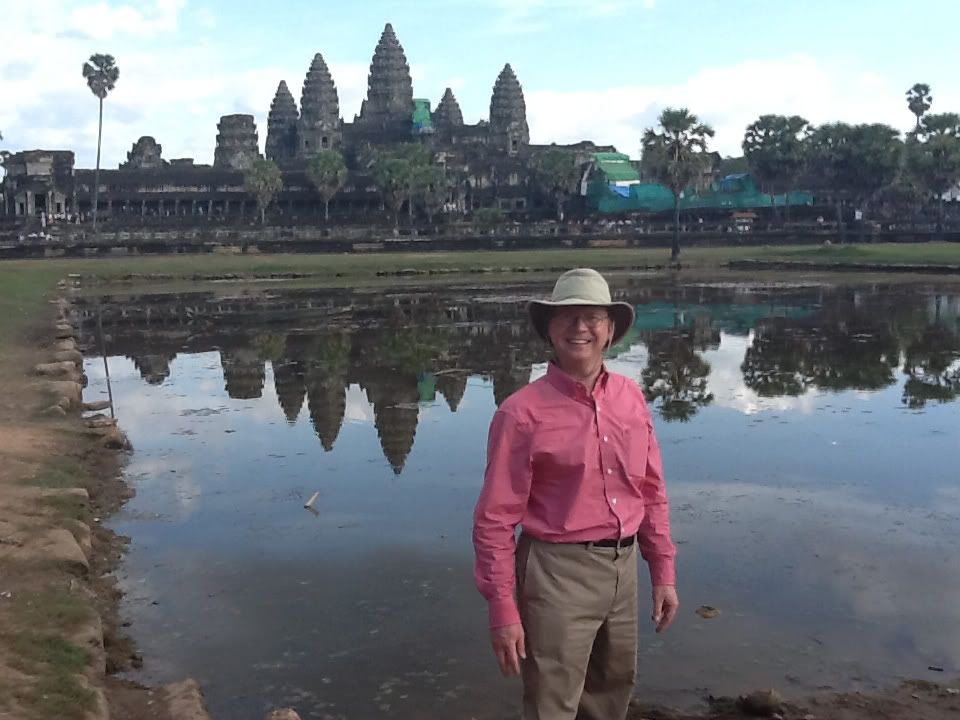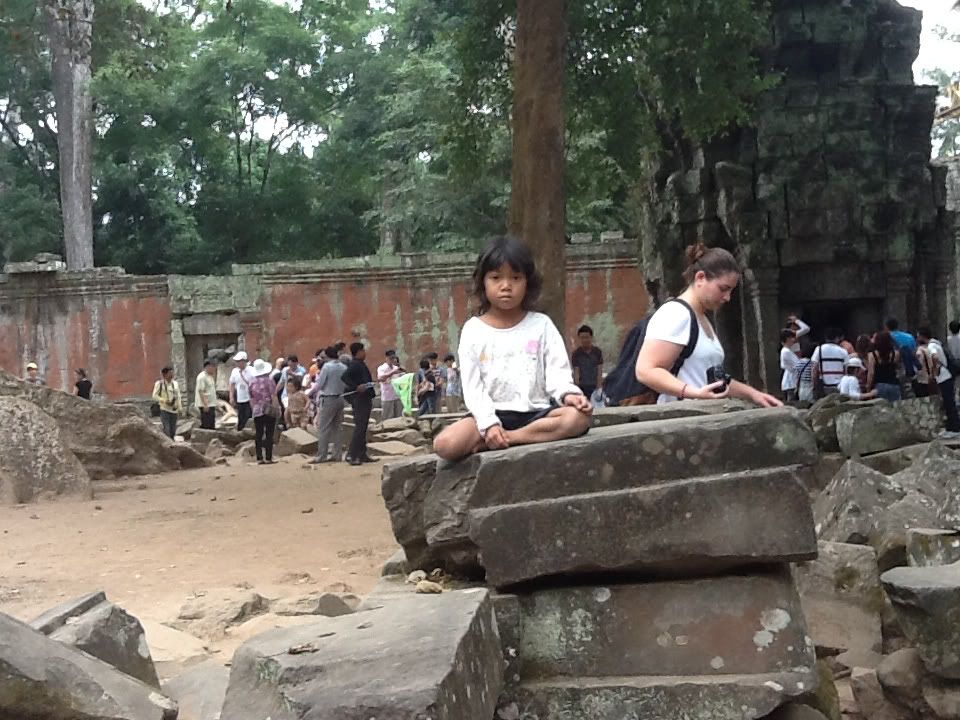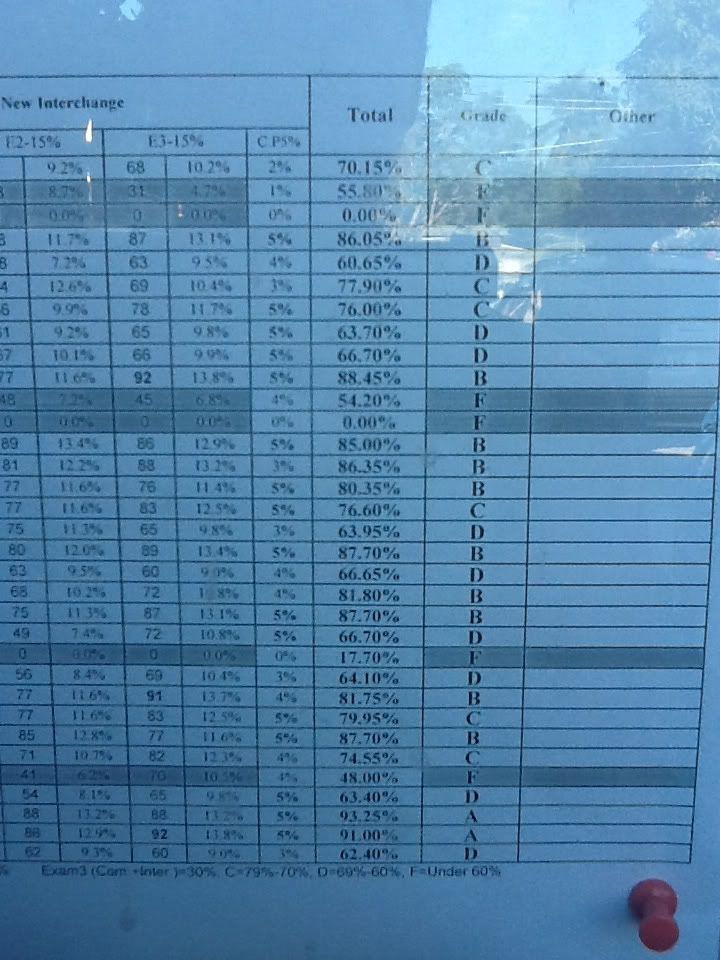This blog is set up in reverse chronological order. You may want to read the blog by going to the early entries first and then work your way up to the later entries.
I have spent an enjoyable and informative week in Cambodia attending the World History Association symposium in Siem Reap Cambodia. I hope that this blog can give readers a small taste of the experience that I enjoyed. Some of the entries deal with ancient Cambodian history and architecture, some deal with the tragic history of Cambodia's recent past, and others deal with the simple observations of a curious traveller.
I would like to give thanks to Mrs. Pullen, Dr. Watts, and Mrs. Wolcott for letting me take the time away from school to have this professional development opportunity.
For providing me professional inspirations: my colleagues at Saint Stephen’s, my colleagues in the AP World History community, and my students.
For filling in the gaps in my absence: my wife Heather, my sons Kyle and John, Mr. Zappa, and Mrs. Pommer.
For being my tour guide and encouraging me to come to Cambodia: Marc Gilbert who is the president-elect of the World History Association.
I would also like to extend gratitude to the kind and generous people of Cambodia, who seem to have a gentle approach to life despite the tragedies of recent years.
AngkorWatsup
Tuesday, January 3, 2012
Symposium sessions
I attended six sessions of about 90 minutes each at the World History Association symposium and listened to a total of 20 presentations by scholars in the field of Southeast Asian history.
I was the chair of one of the panels, so my responsibility was to introduce the speakers, hold them to their time limits, and lead discussion. Typically chairs are prominent people in the field. I was the only high school teacher who chaired a panel, which was a great honor.
Some interesting topics included:
A paper on the role of Singapore as a transit point for SE Asian Muslims making their pilgrimage to Mecca. The professor talked about the web of brokers and dealers who would exchange Hajj travel for forced labor. Two years on a plantation was a typical cost for a pilgrimage for an impoverished Hajji.
A professor from the US Naval Academy discussed the issue of food security in the Middle East and how Arab countries are buying up huge plots of land in SE Asia for their own food needs. This process is resulting in more food scarcity in places like Cambodia.
A professor from Pakistan discussed the similarities between Islam and Buddhism, which is of particular importance for my World History students who wrote an essay on that topic for their semester exam. He, a devout Muslim, suggested that Buddha could have been an early prophet of Allah since his teachings are so similar to those later revealed by Muhammad. Wow.
In my session an architect showed how the capital Phnem Penh has been transformed because of flooding on the Mekong River. She showed changes over time from the early French colonial period and comparisons to New Orleans after Katrina. I might use her work for a lesson in AP World History on recent issues concerning the interaction of humans and the environment.
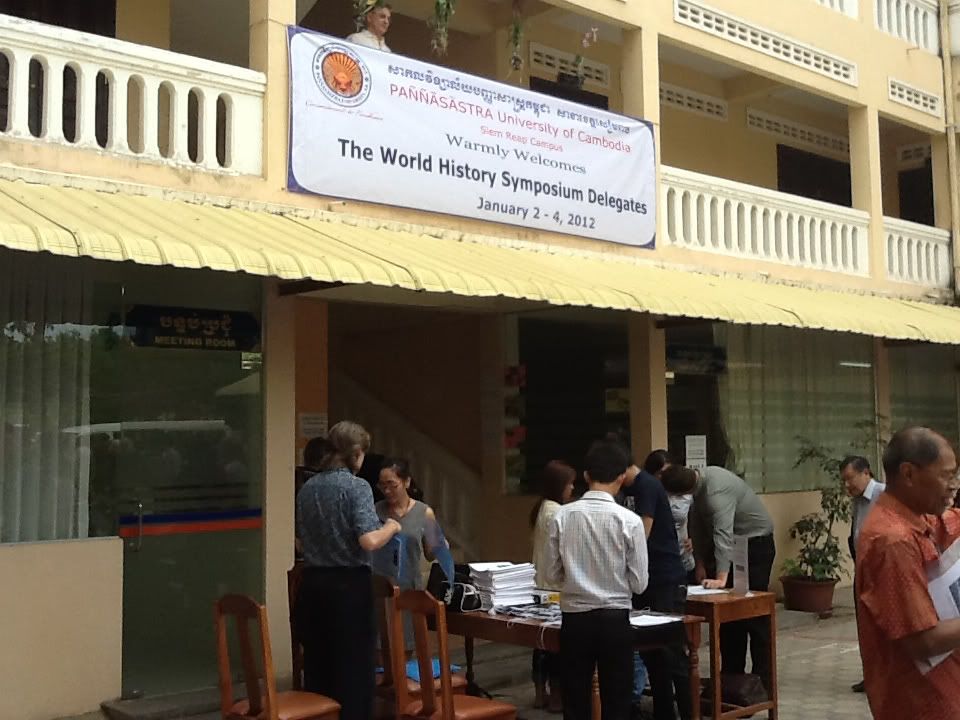
I was the chair of one of the panels, so my responsibility was to introduce the speakers, hold them to their time limits, and lead discussion. Typically chairs are prominent people in the field. I was the only high school teacher who chaired a panel, which was a great honor.
Some interesting topics included:
A paper on the role of Singapore as a transit point for SE Asian Muslims making their pilgrimage to Mecca. The professor talked about the web of brokers and dealers who would exchange Hajj travel for forced labor. Two years on a plantation was a typical cost for a pilgrimage for an impoverished Hajji.
A professor from the US Naval Academy discussed the issue of food security in the Middle East and how Arab countries are buying up huge plots of land in SE Asia for their own food needs. This process is resulting in more food scarcity in places like Cambodia.
A professor from Pakistan discussed the similarities between Islam and Buddhism, which is of particular importance for my World History students who wrote an essay on that topic for their semester exam. He, a devout Muslim, suggested that Buddha could have been an early prophet of Allah since his teachings are so similar to those later revealed by Muhammad. Wow.
In my session an architect showed how the capital Phnem Penh has been transformed because of flooding on the Mekong River. She showed changes over time from the early French colonial period and comparisons to New Orleans after Katrina. I might use her work for a lesson in AP World History on recent issues concerning the interaction of humans and the environment.

Education in Cambodia
I was talking with an educational expert from an American NGO (non-governmental organization).
He described the school system as being profoundly unfair. First, teachers are underpaid. Each earns about $90 a month. To make more money, almost all teachers tutor students after class. They typically tutor their own students, which leads to a conflict of interest. Many families think that if they don't get tutoring, the teacher will fail the student. Often this is the case.
Although schooling is mandatory, most kids don't go to class. Their labor is needed by the family, and tutoring is out of the question for all but the well off. Also almost everyone over a certain age is uneducated because the purges of the Khmer Rouge targeted educated people. Some families just don't see the value.
Cambodia is a country of young people. I saw school-aged kids everywhere who were certainly outside of the school system. Many of them were doing labor such as working market stalls, selling trinkets, and such. Others were just hanging around, not playing or doing much of anything.
The image below is of a girl at the Ta Prohm temple.
He described the school system as being profoundly unfair. First, teachers are underpaid. Each earns about $90 a month. To make more money, almost all teachers tutor students after class. They typically tutor their own students, which leads to a conflict of interest. Many families think that if they don't get tutoring, the teacher will fail the student. Often this is the case.
Although schooling is mandatory, most kids don't go to class. Their labor is needed by the family, and tutoring is out of the question for all but the well off. Also almost everyone over a certain age is uneducated because the purges of the Khmer Rouge targeted educated people. Some families just don't see the value.
Cambodia is a country of young people. I saw school-aged kids everywhere who were certainly outside of the school system. Many of them were doing labor such as working market stalls, selling trinkets, and such. Others were just hanging around, not playing or doing much of anything.
The image below is of a girl at the Ta Prohm temple.
No grade inflation in Cambodia
Hotel with kitsch art
On the first day of the symposium, we had a reception in the courtyard of a highly unusual hotel. A handful of modern artists from Cambodia and Thailand were given free reign to design rooms and outdoor spaces as they saw fit. The result was a collection of clever kitsch. One of the rooms had a Barbie theme with dolls and accessories displayed throughout a bright pink room. My favorite room was named "what cats dream." It had lighthearted sketches of mice, birds and such.
Below is a photo of a couch made from small stuffed animals from the hotel lobby.
The hotel restaurant was good and inexpensive. The most expensive meal on the menu cost $3.

Below is a photo of a couch made from small stuffed animals from the hotel lobby.
The hotel restaurant was good and inexpensive. The most expensive meal on the menu cost $3.

A university library
Pannasastra University is regarded as one of the best in Cambodia outside of the capital. However, like all educational institutions in Cambodia, it had to start from scratch less than 20 years ago.
The place where its youth is most evident is its library. The image below shows the total collection of books on its main campus. In scanning the shelves I discovered that almost all of the books were used books from personal collections. The Goosebumps series was well represented, which makes sense for a campus that also hosts English lessons for teenagers.
On the suggestion of the organizer of the symposium, I brought two books to donate to the library. Both were given to me gratis by a textbook publisher. I thought that a psychology book and an American government book would be of interest.
Pannasastra University is an English-speaking university. All classes are in English, and all books in the library seemed to be in English.
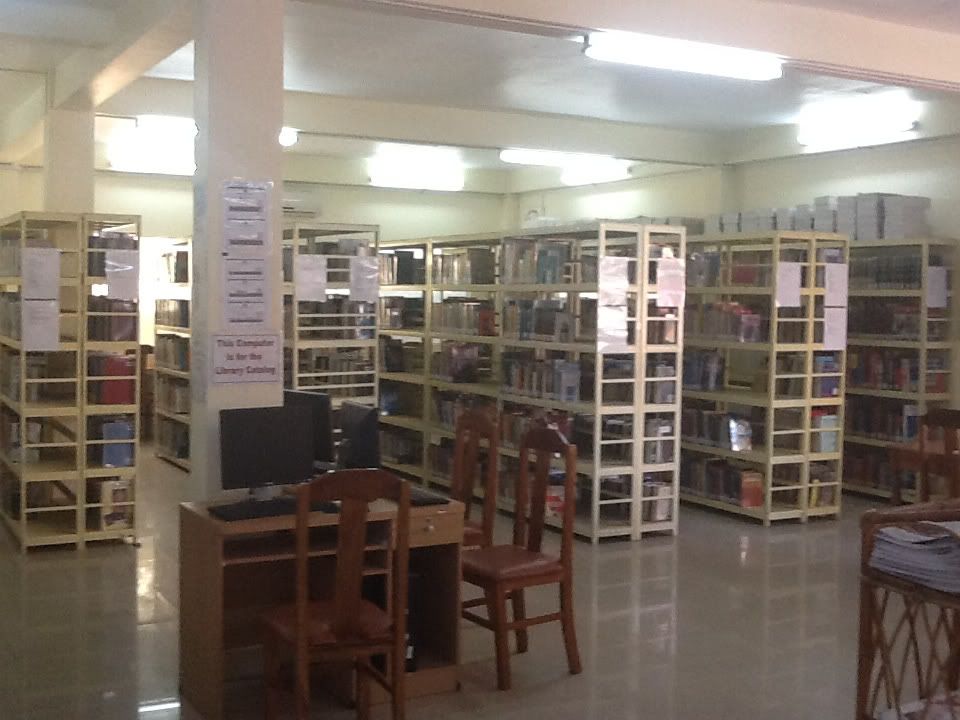
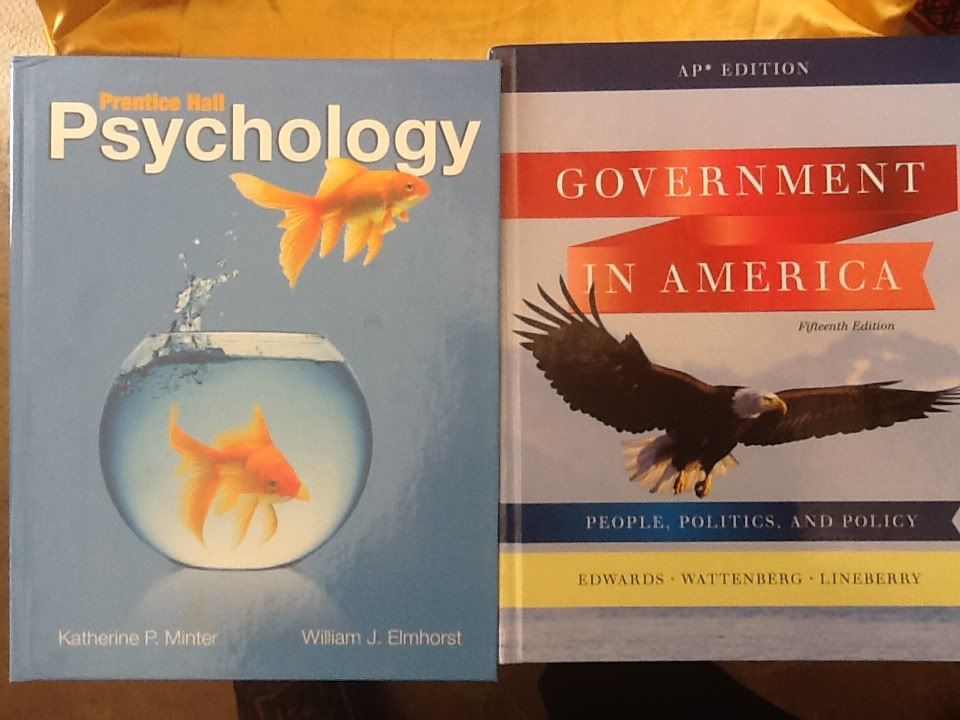
The place where its youth is most evident is its library. The image below shows the total collection of books on its main campus. In scanning the shelves I discovered that almost all of the books were used books from personal collections. The Goosebumps series was well represented, which makes sense for a campus that also hosts English lessons for teenagers.
On the suggestion of the organizer of the symposium, I brought two books to donate to the library. Both were given to me gratis by a textbook publisher. I thought that a psychology book and an American government book would be of interest.
Pannasastra University is an English-speaking university. All classes are in English, and all books in the library seemed to be in English.


Pannasastra University
Pannasastra University in Siem Reap was our hosting institution for the symposium.
It has in total many hundred students in various branch campuses and part-time programs.
The main campus is about the size of Saint Stephen's Upper School. Classrooms seat many students, and classes are offered at times throughout the day and night.
Tuition is steep for a typical Cambodian family: a couple hundred dollars per semester.
As you can see from the list below, it thinks pretty highly of itself. At least Yale University made the list.
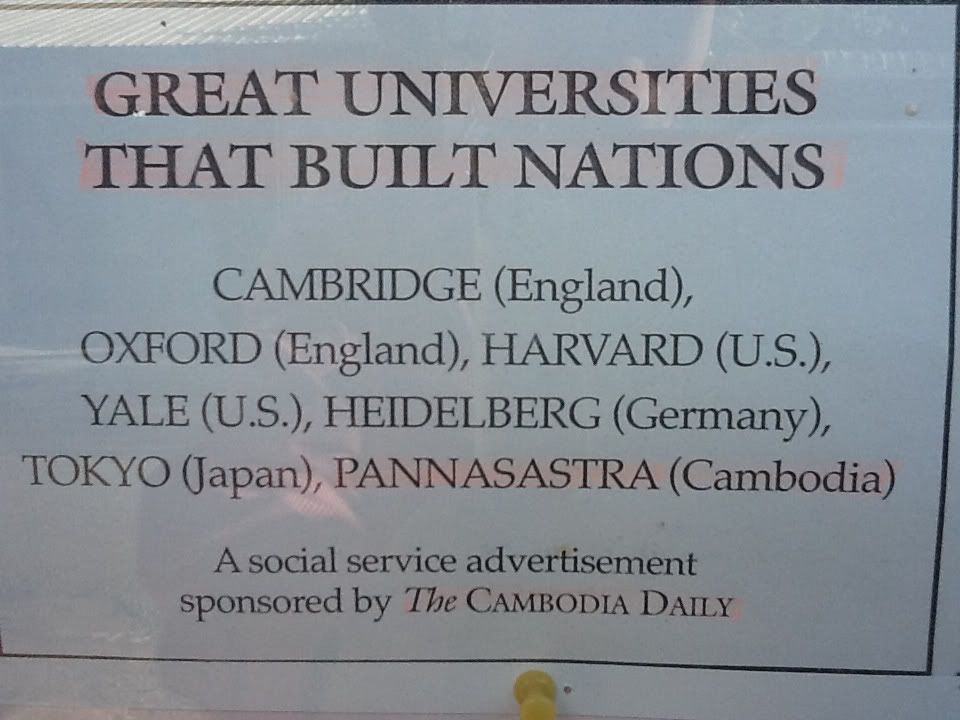
It has in total many hundred students in various branch campuses and part-time programs.
The main campus is about the size of Saint Stephen's Upper School. Classrooms seat many students, and classes are offered at times throughout the day and night.
Tuition is steep for a typical Cambodian family: a couple hundred dollars per semester.
As you can see from the list below, it thinks pretty highly of itself. At least Yale University made the list.

Subscribe to:
Posts (Atom)
